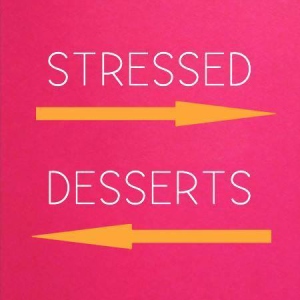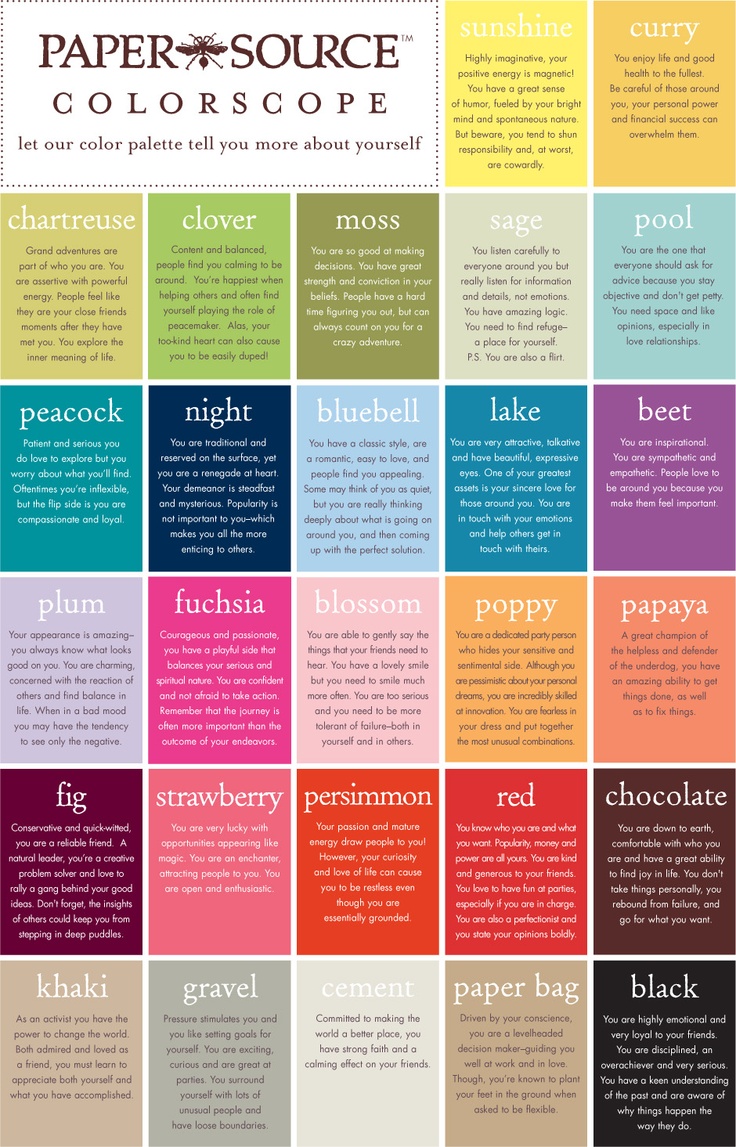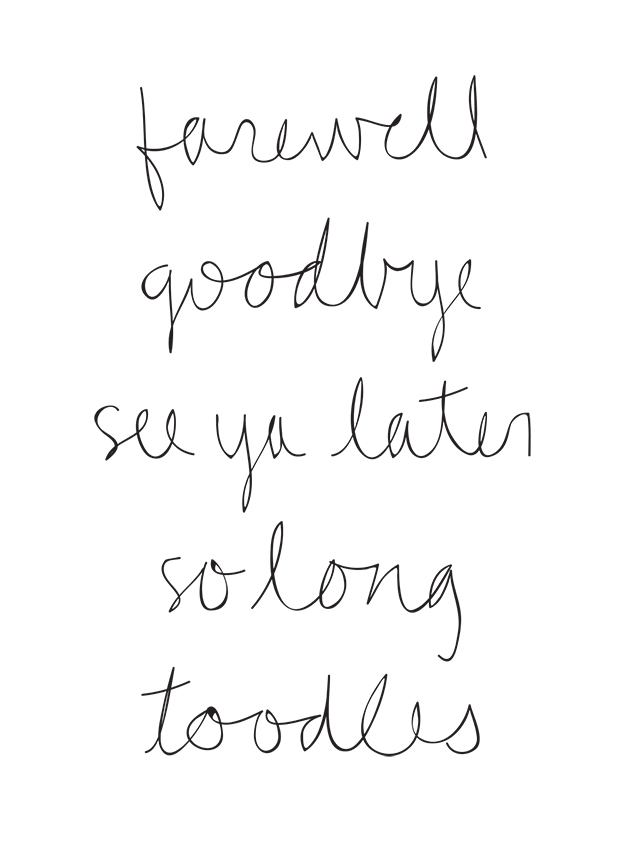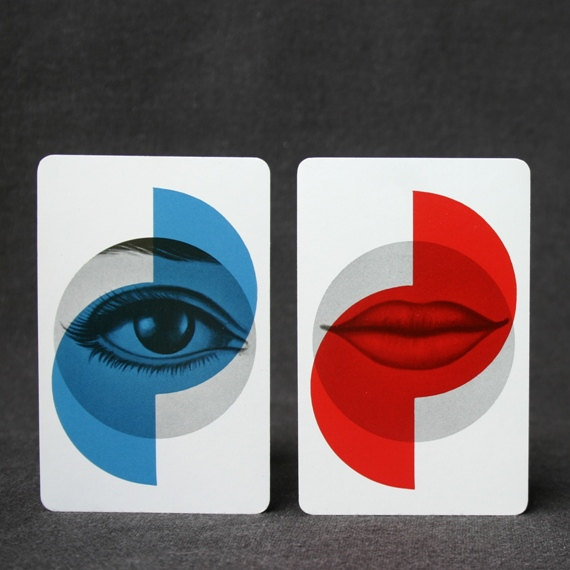July seems to be quite a busy month for everyone. It is before a month of quiet time, everyone needs to finish their work before leaving and our stress goes up. But did you know that if you spell stressed backwards, it equals desserts? Why don’t we turn stress around and make it a good thing?
This post is for all of you feeling a bit stressed this month…
The difference between stressed and stressful
A person is stressed
A situation is stressful
To Stress something means to emphasize but to stress out means to undergo serious pressure, for example, from work!
Practice pronouncing Dessert, Desert and to Desert!
Here is Today: this helps us make today’s problems quite small…
A great video on how to make stress your friend! (Level B1 and up)
Finally, our favorite therapy here: The Power of Smiling (Level B1 and up)
What some people do to release stress…what is your technique? (Level B2 and up)
So what do you think? Feeling Better?
photo source: http://prepfection.com/
First off, let’s look at some key words to help you understand negotiations:
To Afford Something: to have enough money to pay for something
A Bargain/To Bargain: is an agreement between two or more people or groups as to what each will do for the other
A Proposal: A plan or suggestion presented to a group of people to consider.
A Commitment vs. A Compromise: This is a common mistake Spanish speakers make. A commitment is an obligation to do or deliver something while a compromise is when you get less than you wanted, but you also give less than you had expected.
Intermediary: Is a person who communicates between two parties during a negotiation process
To make or close the deal: agree to the contract and be signed by both parties
Party: Either side in a negotiation is known as a party
Tentative Solution: an agreement that depends on some conditions, so that it might not be a final agreement
The Terms of the Deal: What are the conditions of the contract
Trade-Off: an exchange process in which one side gives up partly on some issues in order to gain on other issues
And here are some useful expressions to keep in mind:
When you want to show you understand and or agree with someone:
I agree with you on that point.
That’s a fair suggestion.
You have a strong point there.
I think we can both agree that…
I don’t see any problem with/harm in that
When you want to politely disagree with someone:
I understand where you’re coming from; however,…
I’m prepared to compromise, but…
I’m afraid I had something different in mind.
From my perspective…
I can see why you say that, but I’d have to disagree with you there.
Could we consider another offer?
Bear in mind/Keep in mind that…
And when you are ready to make that deal or think it over (consider) the agreement:
Let’s leave it this way for now.
I’m willing to work with that.
I think we could both agree to these terms.
I think we should get this in writing.
If you don’t mind, I’d like to stop and think about this for a little while.
You’ve given me a lot to think about/consider.
Let’s meet again once we’ve had some time to think.
Finally, it is very important to consider who you are negotiating with. Each country/culture has their own technique and it is highly suggested you are prepared to expect different reactions. Take a look at this fascinating link on how to negotiate with people around the world:
http://www.businessinsider.com/communication-charts-around-the-world-2014-3
And a short video on negotiating:
https://www.youtube.com/watch?v=F3muOFrLaxQ&list=PLwh2W4PrDw1kzEziZTGhXt1cZroAfLw0g (Level B1)
Photo Source: http://philadelphia.corenetglobal.org/events/new-item?ssopc=1Some tips on how to be good at negotiating and getting what you want.
Right in time for Spring, can you hear the colors? First of all, which color most identifies you?
What if you couldn’t see color? What would you do? Watch this Ted Video by Neil Harbisson, Catalan raised but British born, who found a way to hear color with an Eyeborg!
And what if you could find what your color scope says about you? Click here and try it!
Finally, did you know that in American English we spell Color with an “o” and in UK English they add a “u”: Colour
Happy Spring Holidays to all!
Last month we took a look at how to greet someone.
This month, we want to remind you how to say goodbye, which is always just as important to leave a lasting impression.
Farewell, is used only when you know you will never see the person again. Similar to Bon Voyage!
The most common expressions you will hear when someone says goodbye are (formal to informal):
If they say: You say:
Good-bye Good-bye
It was nice seeing you. It was nice seeing you too or Likewise
It was great/nice/ a pleasure meeting you. Likewise/You too
I’ve enjoyed talking with you Likewise/ Me too.
Stay in touch Will do/You too
I hope to see you soon Likewise/Me too
See you See you later!
Take Care! You too!
So Long! Alright then, have a good one!
We also like to wish our listener a good day/weekend/trip:
Have a great day! You too/Likewise
Have a safe flight/trip. Thank you*
*(if you are the only one travelling simply say thank you…if they are also travelling you can say, “ you too”.)
Enjoy the rest of the day! Thanks, you too!
Finally, if you are in a conversation that you need to get out of or you are in a hurry to leave:
I’m really sorry, but I have to leave. Of course, we’ll talk later.
I hate to interrupt, but I must go. No problem.
Oh, look at the time! I should get going. Okay. We’ll catch up later.
I really must be going Yes, me too. Have a nice day!
It’s getting late. I need to go. It is, nice talking with you.
Here’s a mini test for you to try
Photo Source: http://colormecaitie.blogspot.com.es/2013/07/weekly-doodle-44.html
50 people 1 question
Spring is slowly making its arrival and so this week’s question is: If you could wake up anywhere, where would you wake up?
Before you watch these people in London give their response, what would you guess most answers are?
London (B1 and up)
And then in New York City (B1 and up)
Are there any cultural differences? Do you think the city affects their answers?
Here are this month’s collection of interesting links..all about our brains!
How our Brain Works (B2 and above–typical London cab driver’s accent!)
The Gap on Creativity (B1and above) We are all creative and we just have to keep working on it to make it good and close that gap.
The Evolution of English (B1 and above) and a comprehension test
The Benefits of Learning Languages
Photo: Michael Neugebauer, courtesy of The Jane Goodall Institute
Have you ever had one of those moments when you are introduced to someone, you say hello and then the conversation dies? Not a good feeling. Here are some tips to remember when we are greeting someone:
If they say: You Respond With:
-How do you do? (Formal) – How do you do?
-How are you? -Fine thanks. And you**?
-How are things going? -Great, busy, but great. How ‘bout you?
-Hi/Hello! – Hi! Good to see you
-Hey! How you doing? (Informal) -Hey, great! See you!
**this is very important! Always respond with a final “and you?”…it keeps the conversation going.
And for more formal, business greetings:
If they say: You Respond With:
Hello, my name is……….. Hello my name is …………….
It’s a pleasure/Nice to meet you …………. It’s a pleasure/Nice to meet you too
And remember to pay attention to the difference between: How do you do? What do you do?
It is now common to reply to “How do you do?” with “I’m fine, thank you.” But in the past, businessmen in the UK would have just repeated the same phrase, “How do you do?” with “How do you do?” and whilst tipping their hat, they would go on repeating! Although, in very formal settings, you can still reply with “How do you do”.
Did you know?
We use to meet someone when it is the first time. After, you need to use to know.
• When did you two meet? Last summer, at a business conference.
• How long have you two known each other? For ages, at least 15 years!
A short video on how to greet someone: Greetings Video (A2 and above)
And don’t forget to double check how they greet in each culture: Wall Street Journal
Photo Source http://life.time.com/history/jfk-in-texas-photos-from-before-and-after-the-killing-of-a-president/?iid=lf|mostpop#4
We know most of you don’t celebrate Valentine’s Day and you probably call it a “Hallmark” holiday (aka Corte Ingles Holiday) but we can’t help showing you a little history on this very romantic day…
The History of Valentine’s Day (Level B2 and above–advanced vocabulary)
An Easy Step by Step Story (Level B1 and above)
See if you can answer these questions (in reference to the first video):
1. What did the Roman Pagans sacrifice and why?
2. In what century was St. Valentine’s declared?
3. What did Emperor Claudius II Ban? And why
4. Who would visit Father Valentine and why?
5. How much money does the holiday bring in annually to the USA, thanks to Cupid?
Photo Source: http://addictedtoconsumerism.tumblr.com/post/74047975663
Will Digital Technology Disappear? (Video–Level B2 and above)
And how about mono-tasking? Would this device work for you? (Video–Level B1 and above)
Another fun test: What Career Should you Actually Have?
What is the difference between a career and a degree?
Photo Source: http://designspiration.net/image/1033194365751/
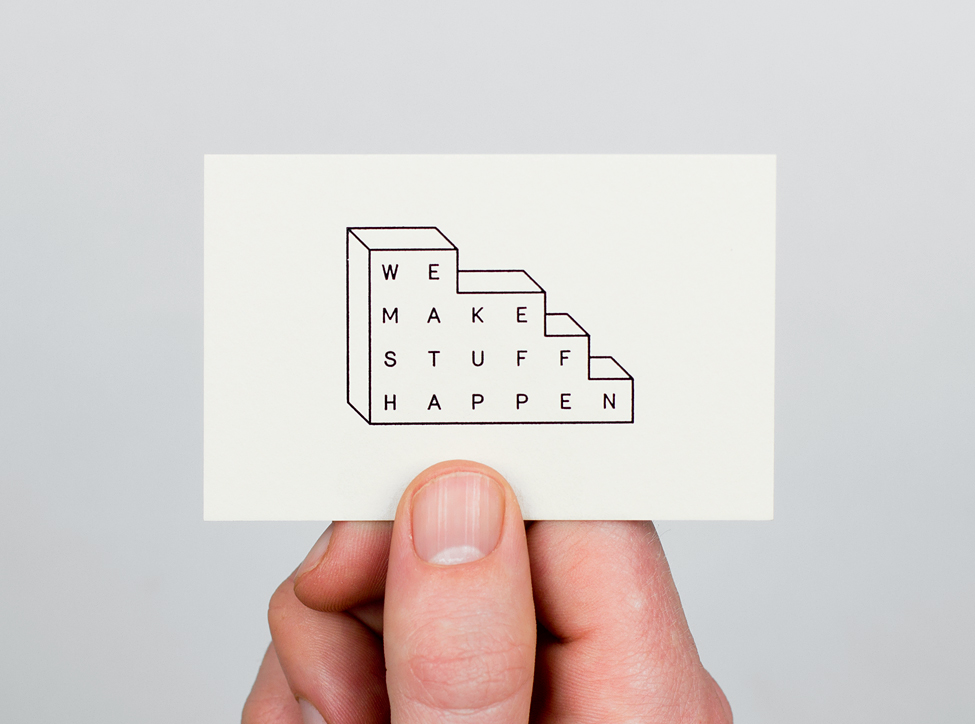
Recently, a lot of people have been talking about Generation Y or The Millennials.
In other words, The Entreprenuers . The Digital Era. The Narcissists. Selfies! Born between the years 1980 and 2000’s, they are shaping our economy and work force today.
Watch this video, take notes and tell us, what generation do you belong to?
2000/2001-Present – New Silent Generation or Generation Z
1980-2000 – Millennials or Generation Y
1965-1979 – Generation X
1946-1964 – Baby Boomers
Do you agree with the comments on the video? And what are the pros and cons of the different generations they mention?
Photo Source: http://www.maddisongraphic.com/we-make-stuff-happen.php

